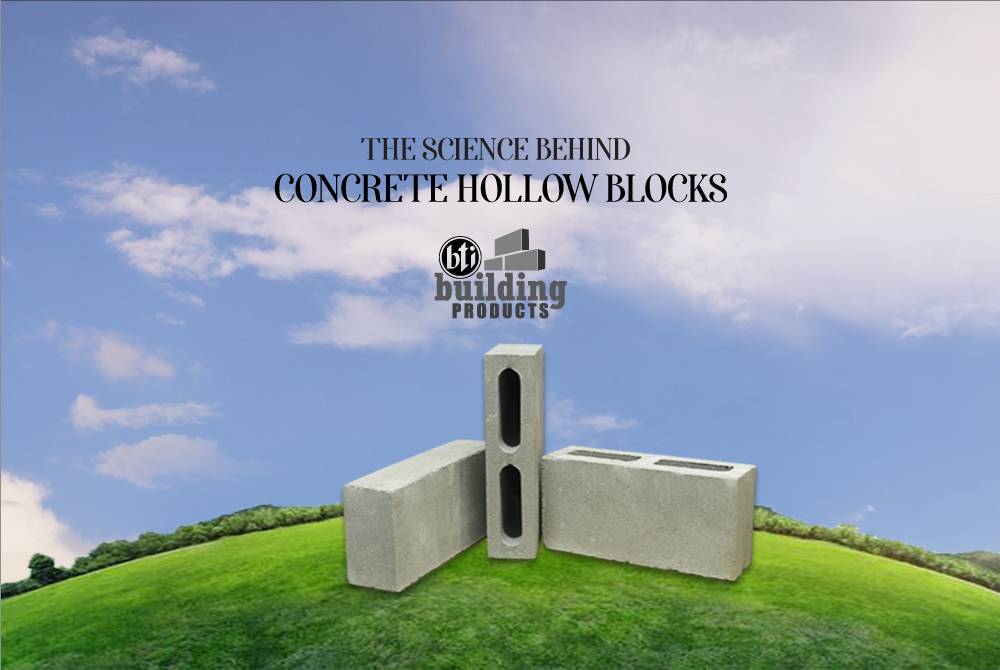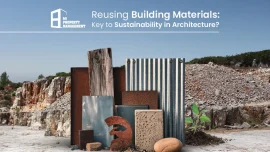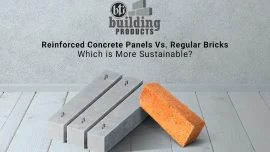
The Science Behind Concrete Hollow Blocks
The 6.1 magnitude November earthquake in Bangladesh that jolted citizens in Dhaka and Chattogram awake in the wee morning hours has got everyone panicking recently. Reports of buildings tilting were observed, and experts have predicted that at any given moment an earthquake of a bigger scale can shake the country. In fact, a study by CUET noted that 78% of buildings in Chattogram are at risk if that happens. So the question remains – as responsible citizens in an unplanned urban scenario, have we ensured solid construction for our own safety? Apart from having excellent construction quality and skills, it is also important to use high-quality raw materials, one of which is our hollow concrete blocks.
Eco-friendly Much?
Concrete blocks are manufactured differently and also involve different raw materials. They involve a mixture of cement, sand, and aggregate typically using limestone, all combined with water. Red bricks are made from clay, aggregate, and water in certain compositions. While clay bricks are cured by the vitrification process in temperatures exceeding 2000°C, concrete blocks are cured by a chemical reaction between cement and water that requires a temperature around 150°C, which is a lot more environmentally-friendly and cost-effective in terms of maintenance. Concrete blocks also consist of fly ash, a byproduct of many manufacturing processes, thus effectively helping to recycle industrial waste. The manufacture of red bricks on the other hand leave a significant carbon footprint and harmful impact on the environment.
Since it saves construction time and requires less water and mortar, we can say that concrete hollow blocks are flag bearers of environmental consciousness in terms of reducing, recycling and reusing materials in an efficient manner.
How Are Its Properties Different Than Red Bricks?
These blocks have many desirable properties. After manufacturing it loses moisture and shrinks in size, becoming more waterproof, while red bricks expand in size over time with absorption of moisture. Thus, it can withstand humid or rainy weather easily. In a country like Bangladesh where rainfall is common, these blocks have become a popular choice in construction for this reason.
Concrete blocks are lightweight but tougher due to higher compressive strength. The most amazing part is that concrete blocks gain strength over time unlike red bricks. This means any building made of concrete hollow blocks will have significant earthquake and weather resistance, which is especially good news for those intending to construct high-rises or buildings that may be more prone to external pressure.
The simplistic design allows uniformity and ease when applied during construction. So if you are constructing using hollow blocks, chances are that you will be able to finish the work faster or right on time. The hollowness creates lower density, which allows better heat management with change of seasons and cancels out noise.
Bti’s concrete blocks are manufactured with the intention to build safe and strong foundations that will last a lifetime. At a reasonable price your property will be ensured durability and incredible toughness. Whether you are a developer or someone willing to construct your own property yourself, you will not have to look any further when you opt for high-quality building products backed by the excellence of bti. If you do not prefer hollow blocks, we have concrete solid bricks in store as well. You can get more details simply by giving us a call.




